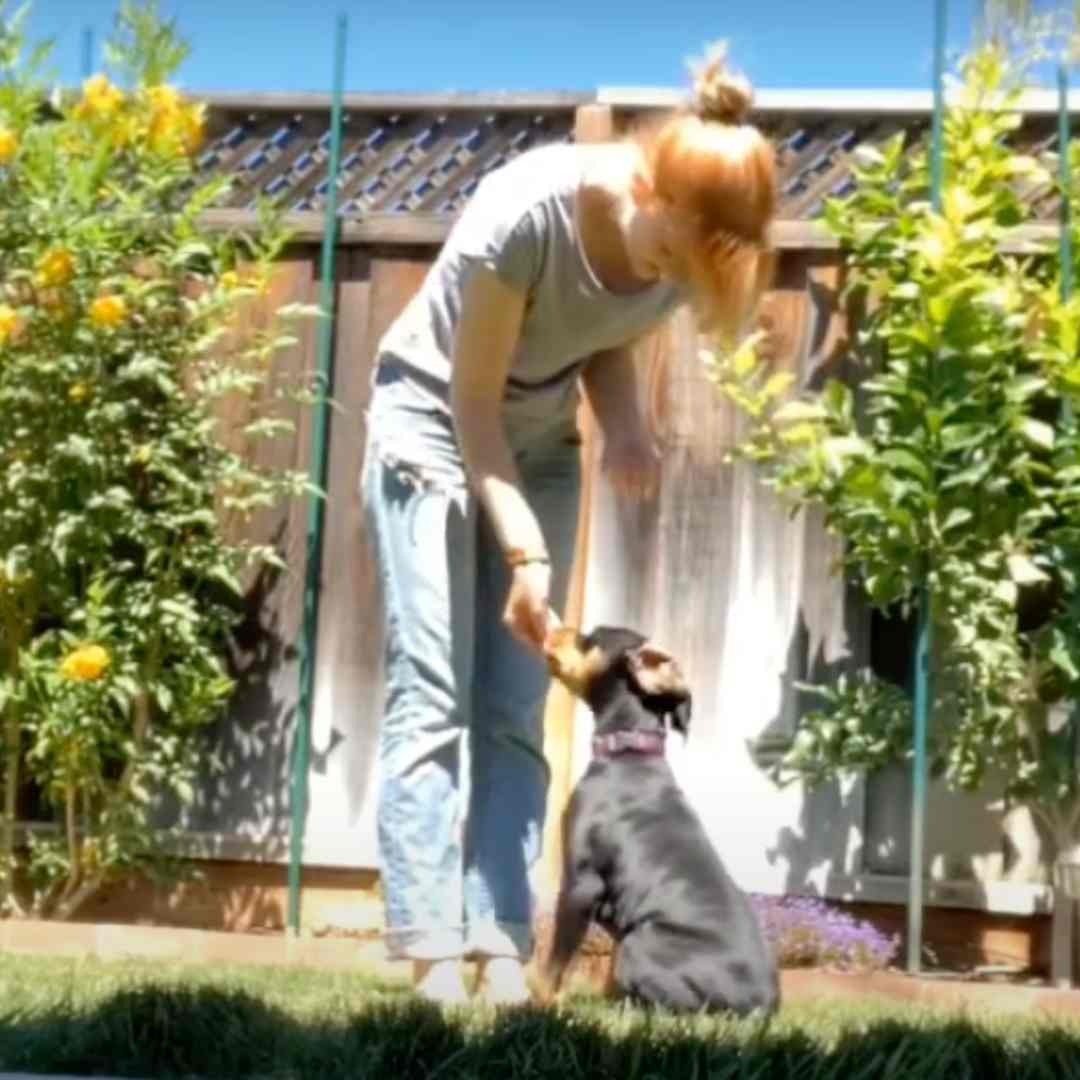We will never post without your permission, and we'll always keep your information private.
Psst Are you a brand, artist, shelter, or dog looking to get on Dogly?
Click Here:
From the moment you bring your new puppy home, before you start "training," you want to start building the bond of trust and communication between you and your puppy with everything you do.
As you and your puppy go through life and countless experiences together, being able to reliably have your dog's attention and communicate with each other is invaluable. If your dog routinely and happily checks in with you and pays attention to cues from you (verbal and nonverbal), all things are possible. It's a great skill to be able to count on for everything from potty training to puppy training of all kinds to helping your puppy feel secure and safe come what may.
**plan-panel
Most puppies are easily distracted by any sight, sound, smell, or movement that grabs their attention - unless they're sleeping. Puppy parents often worry about what they don't want their puppies to get into and behaviors they don't want them to do.
Instead of focusing on trying to teach your puppy what not to do, try to catch your puppy in the act of doing something you want to see and put your energy into setting your puppy up for success.
(A great example of setting up your puppy for success is potty training - for all the new puppy tips for house training, check out the guide here on potty training if you haven't yet.)
The best way to teach your puppy or adult dog to stop doing something you don't want them to do is to redirect their focus (and yours) to what you DO want them to do. And that starts with having your puppy's attention.
When your puppy or adult dog does something you WANT them to do and you reward that behavior generously the instant it happens, you're reinforcing that behavior and making your dog want to do it again and again. That's essentially the definition of positive reinforcement.
Puppies are learning a lot, very quickly, so your patience is key. In the quick video that accompanies this guide, you can watch as I'm teaching Kai through the use of positive reinforcement that walking near me and looking at me pays well. It's a very simple process as you can see in the video.
**follow-panel
You can do this outside in a fenced space as I do in the video or a big enough, enclosed indoor space. You'll want to learn in advance which treats your dog loves and have plenty of them ready in small bites in your hand and pocket or treat pouch.
As you give treats, your puppy is likely to naturally look up at you and make eye contact. As your dog connects, treat a bit more. Your puppy is realizing that focusing on you brings good things.
As you watch for your puppy to follow you, no need to say anything and rush or ruin a cue. Your puppy will likely follow you naturally as the dispenser of beloved treats.
You can see in the video that anytime Kai is near me I will offer a tiny treat and tell him YES to let him know that I like what he is doing.
Be sure to mark with a YES and treat your puppy immediately to let the connection between the behavior and the treat sink in. Let your puppy make the connection that focusing attention on you - sticking close and making eye contact - is highly rewarding.
Through repetition and consistent rewarding for this behavior your dog learns that paying attention to you is fun.
Learning to pay attention is a good, simple, and foundational behavior for putting this pro tip into action. Most puppy parents find themselves using this principle in so many learning situations going forward as their puppy develops.
**channel-panel
With a puppy especially, be patient and keep these sessions brief. Puppies are easily distracted and need time to play, sleep and recharge. It's safe to say, every puppy parent knows training a tired puppy is not a productive idea!
Always be ready to keep your sessions short and start fresh another day. Don't be upset if your puppy can't pay attention all the time. Learning is hard. But it's infinitely rewarding for both your puppy and you!
Choose how you’d like to view this guide’s video.

Now that you know how to teach your puppy to happily pay attention to you, you have a good foundation as you jump into other behaviors and training! And if you're ready to get started with more new puppy tips, continue on to the next guide here.
Or check out all of the step-by-step guides in the Puppy Channel here on Dogly created by certified professional trainers to help longtime dog owners to first-time pet parents know how to do everything from puppy proof their home with baby gates and other essentials to choose a few toys to engage a curious puppy.
And when you're ready to learn about the best puppy food for your individual pup, hop over to the Life Stage Feeding Channel to see puppy nutrition recommendations from a canine nutritionist/Dogly Advocate.
If you and your puppy ever need more personalized training help, get started with a plan for your puppy here.
DISCLAIMER: The content of this website and community is based on the research, expertise, and views of each respective author. Information here is not intended to replace your one-on-one relationship with your veterinarian, but as a sharing of information and knowledge to help arm dog parents to make more informed choices. We encourage you to make health care decisions based on your research and in partnership with your vet. In cases of distress, medical issues, or emergency, always consult your veterinarian.